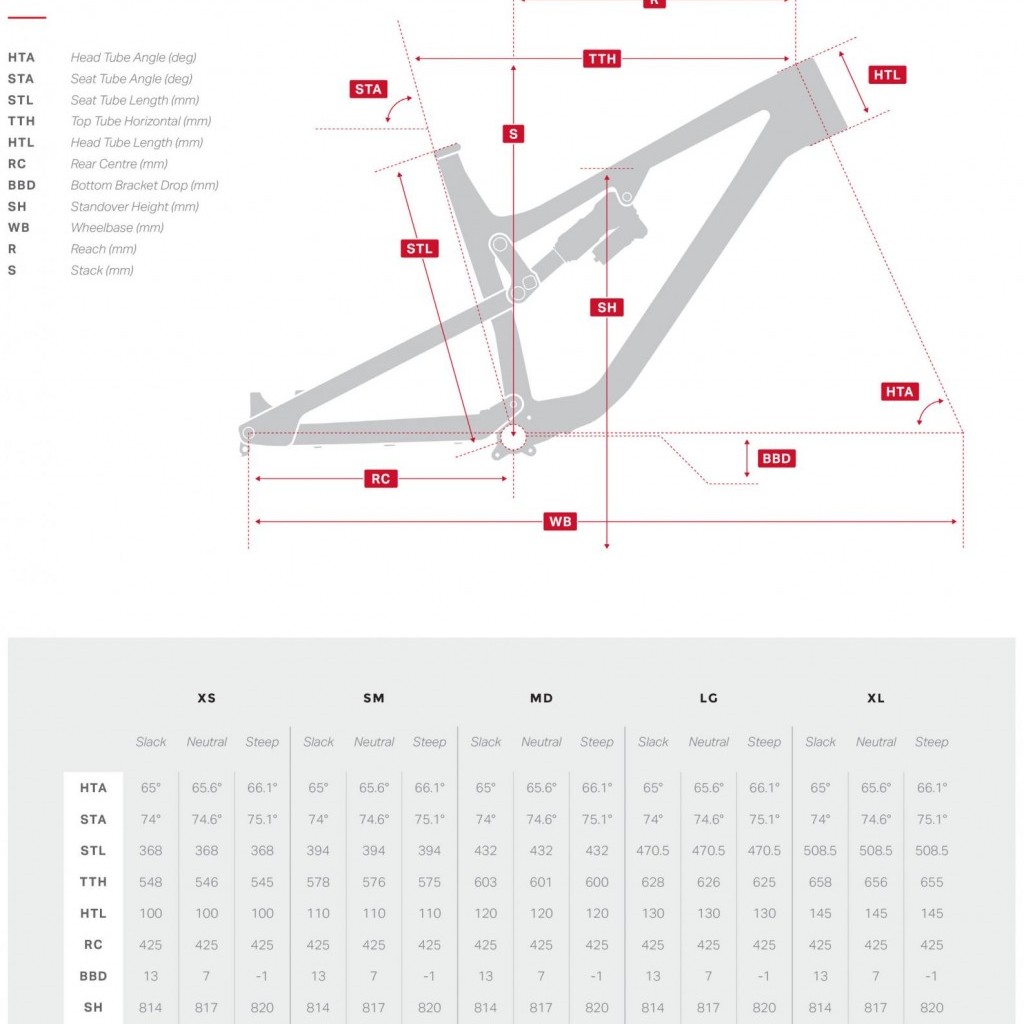

But add some volume, subtract some air pressure, do it all on a wide-ish rim, and you'll be impressed by how forgiving these tires are in every possible way. I've been using big rubber on wide rims for years now, but the DHF and DHR WT continue to blow my mind and, to be honest, I'm not even that much of a fan of these same tires in more conservative widths. The two component standouts have to be the Maxxis WT rubber and the new Fox suspension. The handling is slightly quicker, which equals more fun to me, but it isn't ever going to hold me back on any descent. That begs the question: would I buy a Slayer or an Altitude? Strangely, the Slayer seems to perform better under power, a trait that's usually high on my list of needs and wants, but I'd still choose the Altitude simply because it's easier to live with the majority of the time. That's all fine and dandy, but what happens when your ride does go from fun to fear? Those of us who don't possess EWS levels of courage still want to be on a bike that's more capable than we require, and I'd wager that while the new Altitude isn't a Slayer when shit gets real-although its rear suspension does feel more forgiving on small chatter-it's still going to be like rolling courage to nearly every rider out there. The Altitude isn't a small bike, however, but it still can dip and dive through corners easily compared to the Slayer, and this is highlighted more and more as the ground levels out from rubbing your ass on the rear tire to having to consciously think about carrying momentum. Those with courage not on an EWS level will probably enjoy life more on the Altitude than the Slayer, so be honest with yourself and choose with your brain rather than your heart. The Altitude is also more willing to please when you're not throwing yourself into a do-or-die situation it's happy to tootle along and do as you ask of it. The Altitude doesn't pedal poorly, mind you, it's just that it moves forward a lot like you'd expect a 150mm-travel bike to do when the pedal-assist isn't used, which is just fine, and I'd happily earn my turns and spend five or six hours on it. First, it feels as if the Altitude doesn't quite have the insanely impressive efficiency under power that the Slayer can brag about, an odd thing to say given that the Altitude is supposedly more trail-oriented. The Slayer and Altitude may ''only'' differ by 15mm of rear suspension travel and by a bit in the geometry department, but the two bikes are drastically unalike on the trail. That's not enough time for me to review it, but it's certainly enough for some early impressions and to compare it to a rig that I did spend months and months aboard: the longer-travel, more relaxed handling Slayer. Instead, I picked up the new bike only last week, meaning that I've squeezed in just a handful of laps on Rocky's new mid-travel machine.

In a perfect world, I'd have been on the new Altitude for the last month or two, but the world isn't perfect and I haven't been riding it for anywhere near that amount of time. While it’s too early for us to speculate about future models, we are always working on new things. Anyone needing more than an Altitude is well served with the Slayer, even as an efficient EWS race bike. Park - We did away with the Rally Edition this year, because a) all of the Altitude models use 160mm forks already, and b) the Slayer pedals so damn well. Levy - Will there be an over-forked Rally Edition w/ a 170mm fork? We’d have loved to come to market with an alloy Slayer at the same time, but we always need to prioritize our projects based on the market. Park - The new Altitude being an evolutionary project with an existing alloy model to iterate from made it possible to develop the alloy version at the same time as the carbon version, while the Slayer was a standalone, ground-up design. Levy - Why were you able to come out of the gate with an alloy Altitude but not an alloy Slayer? It’s super capable, but it’s still a 150mm, 5.45lb frame that pedals super well, so we feel that aggressive trail is a good way to describe what it does.

It rides as much like a mini-Slayer as it does like a maxi-Thunderbolt. Mike Levy - The new Altitude's geo and travel certainly make it look like it's more than just an "aggressive trail" rig, don't you think? What would you say to a guy who thinks this new bike is a mini-Slayer?īrian Park - The reality of what’s possible with an aggressive trail bike has evolved over the years.

3 Altitude Questions With Rocky's Brian Park


 0 kommentar(er)
0 kommentar(er)
